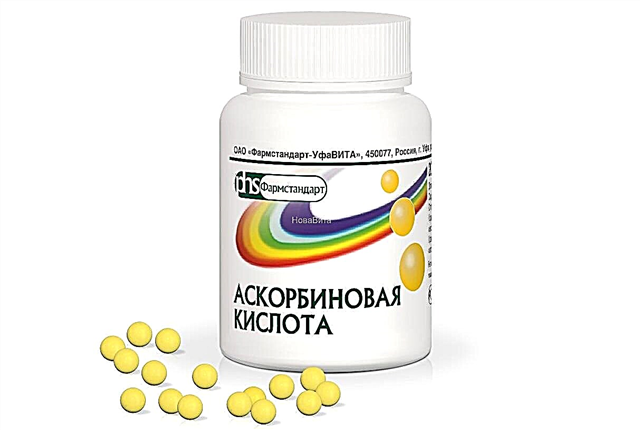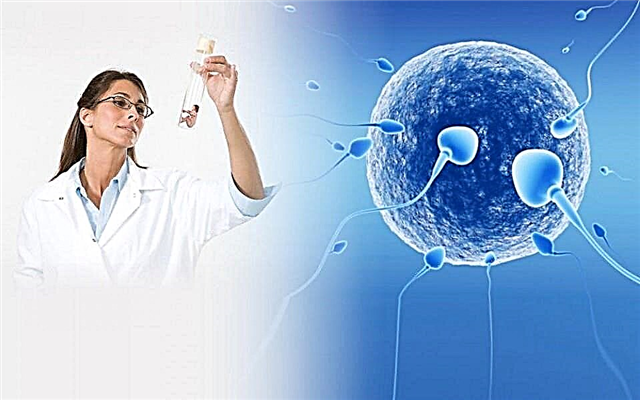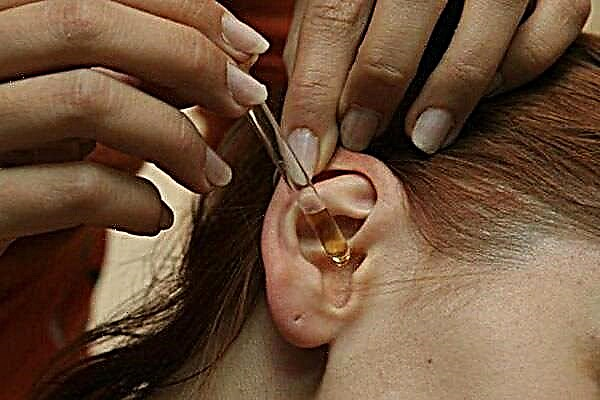In pediatrics, neurocirculatory dystonia is detected in adolescents. But it should not be forgotten that infants can also be monitored by a neurologist. These are babies with post-hypoxic pathology, also associated with difficult childbirth. After a year, such children are usually indistinguishable from their peers. It should be remembered that micro-changes still remain in the brain, and, as a result, vegetative-vascular dystonia occurs already at school age. Our article will highlight such a condition as vegetative vascular dystonia in babies up to a year. We will also consider in more detail the treatment of dystonia in both young children and adolescents.
Features of the autonomic nervous system
All organs and systems are under the influence of the autonomic nervous system. She, in turn, has two sections: sympathetic and parasympathetic. The sympathetic department is responsible for stressful situations, physical activity, psycho-emotional state. The parasympathetic department is our calmness, life without stress, the work of the digestive system, maintaining the constancy of the work of blood vessels.
If a person is always in psycho-emotional stress, then the sympathetic department prevails. Such people are called sympathicotonics.
It should be borne in mind that these two departments must be in balance. If this does not happen, then vegetative-vascular dystonia occurs in the child.
It should be understood that VSD is not an independent disease, it is just a "bell" about malfunctions in organs and systems.
Symptoms
Symptoms of vegetative-vascular dystonia in children can be very diverse.
 The nervous system regulates the work of organs and systems, therefore, violations will manifest themselves on the part of these organs. There are:
The nervous system regulates the work of organs and systems, therefore, violations will manifest themselves on the part of these organs. There are:
- headaches, dizziness;
- intolerance to stuffy rooms;
- fatigue during physical exertion;
- pain in the heart, chest;
- periodically increased blood pressure.
CLINICAL CASE. Boy, 14 years old. Within a month, headaches, pain in the heart after exercise, go away on their own. The examination revealed no organ abnormalities. Was diagnosed with vegetative-vascular dystonia. After the course of treatment and normalization of the daily regimen, the complaints were stopped.
Muscular dystonia in infants
After birth, babies have physiological hypertonia. This means that a child's arms and legs are bent on average up to 3 months. If the baby during the first two months does not try to hold his head, throwing it back in an upright position, or does not hold the rattles, this may indicate that the baby has newborn dystonia.
Infant muscular dystonia syndrome and its causes
- intrauterine hypoxia;
- asphyxia in childbirth;
- cesarean section;
- gestosis and polyhydramnios during pregnancy;
- bad habits of mom.
Signs of muscular dystonia in children are manifested by both muscle hypertonicity and their hypotonia.
Hypertonia in babies can disappear by 6 months on its own. But if the child begins to walk, standing on tiptoe, then a more serious examination and treatment is needed.
The most basic treatment for muscular dystonia in babies is massage. As a rule, after two courses, the tone returns to normal.
Komarovskiy E.O .: “Vegetative dystonia in children is a rather general concept that speaks of problems in the brain. You need to find an experienced children's massage therapist. This is one of the main stages of treatment. "
Treatment of vascular dystonia
At this stage, we can distinguish two main areas of treatment for dystonia:
- Non-drug.
- Medication.
Non-drug therapy of vegetative vascular dystonia:
- adherence to the daily routine;
- correct organization of work and rest;
- proper balanced nutrition;
- physiotherapy;
- massage;
- psychotherapy.
Daily routine and sleep

They are one of the leading links in treatment, as they regulate the normal biorhythms of the child. Building the right relationship between mental and physical activity is also paramount in treatment.
Sports and neurocirculatory dystonia in children
The main problem of children of our time is physical inactivity. Eliminating hypodynamia means neutralizing psycho-emotional stress and reducing the manifestation of VSD. Physical activity increases the tone of the cardiovascular system, improves microcirculation.
Muscle activity promotes the burning of excess adrenaline and improves the functioning of the central nervous system.
Shown the following sports:
- sports walking;
- swimming;
- a bike;
- skates;
- skiing.
Not recommended:
- gymnastics;
- Athletics;
- tennis;
- wrestling, karate, sambo;
- boxing;
- Weightlifting.
Psychotherapy
If stress factors cannot be completely eliminated, then it is possible to change the child's attitude to this situation. You can apply various types of psychotherapy - group, family, individual.

Music has a beneficial effect on the nervous system. Anchoring in the subconscious, it has a counteracting effect on stress. Better to use classical music.
What does proper nutrition mean?
- Frequency of food intake up to 4 - 5 times a day.
- Elimination of high-calorie foods.
- Increase in foods rich in potassium and magnesium - oatmeal, buckwheat, soybeans, beans, zucchini, raisins.
- Avoid excess flour products, sweets, smoked meats.
- Exclude products containing caffeine - coffee, chocolate, tea.
Massage for dystonia
Massage is perfect for eliminating this problem. He is able to relieve stress, improve well-being, performance. Also, massage helps to cope with muscular dystonia in a child, to remove hypertonicity or, conversely, to increase it.
The main methods of massage are stroking, rubbing, light chips.
Principles of drug treatment
- It is advisable to start therapy with herbal remedies.
- It is better to prescribe one drug (monotherapy principle). If there is no effect, the drug is changed.
- Combination therapy is prescribed when one drug is ineffective.
- When the effect is achieved, it is worth continuing the non-drug treatment.
Herbal medicine includes the use of sedatives and stimulants.
Children 2 - 3 years old have peculiarities of adaptation to the environment, and sometimes the appointment of sedatives is inappropriate and ineffective. Perhaps you should contact a teacher or child psychologist to identify parenting defects.
The famous valerian is an ideal sedative. This is due to the effect on reflex excitability in the form of increased inhibition of subcortical structures.
 Persen is a combined preparation containing mint, valerian, lemon balm. With sympathicotonia, sedative therapy is prescribed up to 3 times a day. There is also a group of adaptagen drugs. These include ginseng, lemongrass, zamaniha, fennel, and echinacea.
Persen is a combined preparation containing mint, valerian, lemon balm. With sympathicotonia, sedative therapy is prescribed up to 3 times a day. There is also a group of adaptagen drugs. These include ginseng, lemongrass, zamaniha, fennel, and echinacea.
They should not be given to children under 12 years of age.
Vegeto-vascular dystonia in children can occur with neurotic reactions such as:
- anxiety;
- sleep disturbance;
- apathy;
- loss of interest in the world.
In this case, you can prescribe a herbal antidepressant based on St. John's wort.
These therapeutic measures are best carried out consistently, given their effectiveness. Non-drug therapy can be used to prevent NCD. Thus, a consistent and comprehensive approach to treatment will control the course of this condition and improve the quality of life.
Article rating:



